Devizes, Wiltshire
Up to 1834
A parliamentary report of 1777 recorded workhouses in operation at Market Lavington housing up to 24 inmates, and at Rowde for up to 13 inmates.
After 1834
The Devizes Poor Law Union formally came into being on 3rd November 1835. Its operation was overseen by an elected Board of Guardians, 36 in number, representing its 28 constituent parishes as listed below (figures in brackets indicate numbers of Guardians if more than one):
County of Wiltshire:
Allington, Alton Barnes, Beechingstone, Bromham (2), All Cannings, Bishops Cannings (2), Cheverell Magna, Cheverell Parva, Chirton, Chittoe, Devizes St James (2), Devizes St John the Baptist (2), Devizes St Mary the Virgin (3), Easterton, Earl Stoke [Erlestoke], Etchillhampton, Marden, Market Lavington, West Lavington (2), Marston, Patney, Potterne, Poulshot, Rowde, Stanton St Bernard, Stert, Urchfont (2), Worton.
Later Additions (from 1880): Fullaway (1835-94), Roundway (from 1894).
The population falling within the Union at the 1831 census had been 28,638 with parishes ranging in size from from Alton Barnes (population 138) to Devizes St Mary (2,589). The average annual poor-rate expenditure for the period 1833-35 had been £16,004 or 11s.8d. per head of the population.
Devizes Union workhouse was erected in 1836-7 on a site at the north of Devizes. The Poor Law Commissioners authorised an expenditure of £6,700 on construction of the building which was to accommodate 400 inmates. It was designed by George Wilkinson who was also the architect of many other workhouses including those for the Malmesbury and Cricklade and Wootton Bassett Unions. His design for Devizes was a variation on the Commissioners' model cruciform or "square" plan published in 1835. The workhouse site is shown on the 1923 map below.
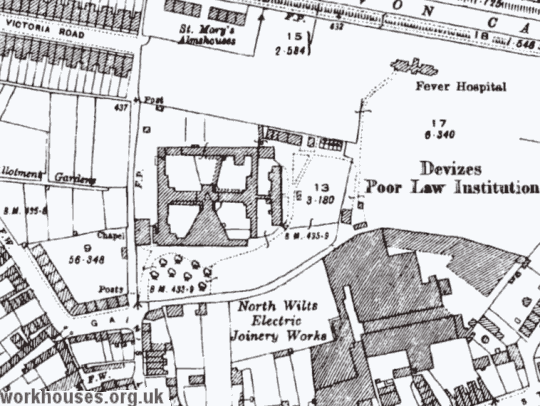
Devizes workhouse site, 1923.
There was an entrance and administration block at the south, behind which further accommodation ranges radiated from a central octagonal hub to create separate exercise yards for the different classes of inmate (infirm/able-bodied, male/female).
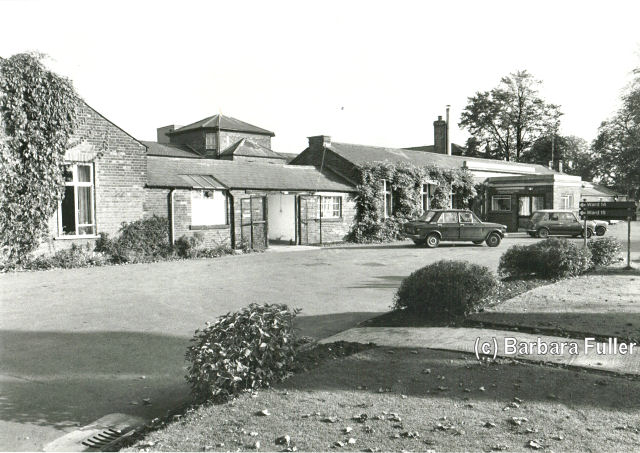
Devizes workhouse entrance block from the south-west, 1986.
© Barbara Fuller.
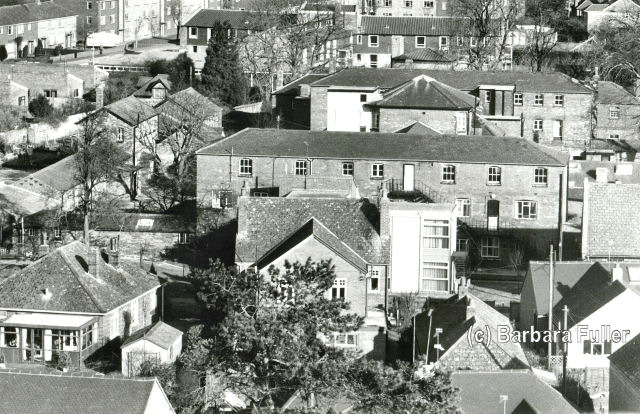
Devizes workhouse from the west (from St Mary's church), 1986.
© Barbara Fuller.
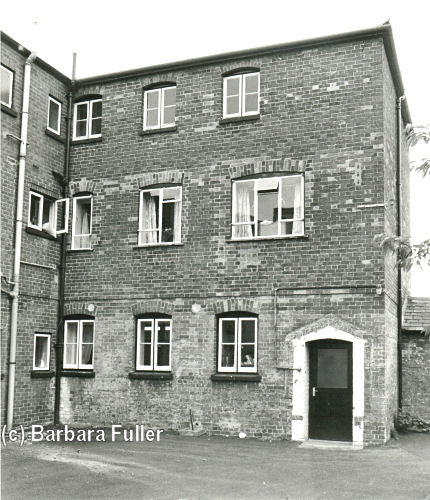
Devizes workhouse internal courtyard, 1986.
© Barbara Fuller.
In May 1844, an inmate of the workhouse expressed considerable dissatisfaction for the food he was given. The local press recorded the incident:
An infirmary block was added parallel to the east side of the workhouse in the late nineteenth century.
From 1904, to protect them from disadvantage in later life, the birth certificates for those born in the workhouse gave its address just as 7 Commercial Road, Devizes.
The institution was renamed St James' Hospital in 1948 and was used as a geriatric hospital until around 1990. It is now totally demolished apart from one small outbuilding. A Red Cross centre and doctor's surgery now occupy one end of the site. The larger part of the site is awaiting redevelopment.
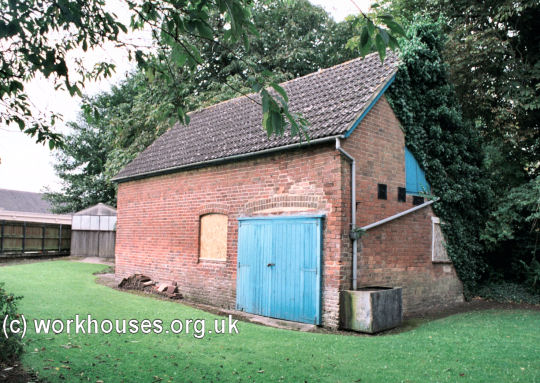
Devizes small surviving outbuilding, 2000.
© Peter Higginbotham.
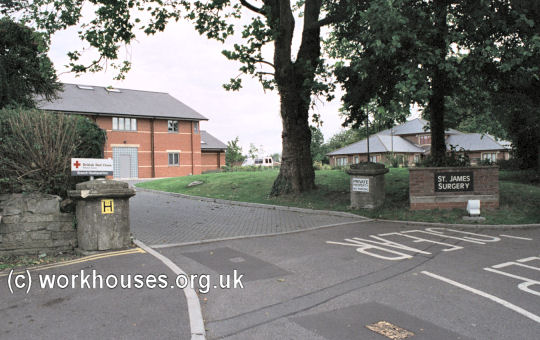
Devizes former workhouse site from the west, 2000.
© Peter Higginbotham.
Staff
Inmates
Records
Note: many repositories impose a closure period of up to 100 years for records identifying individuals. Before travelling a long distance, always check that the records you want to consult will be available.
- Wiltshire and Swindon Archives, Wiltshire and Swindon History Centre, Cocklebury Road, Chippenham SN15 3QN. Holdings include: Guardians' minutes (1835-1930, with gaps); Admissions and discharges (1899-1932); Births (1848-1933); Baptisms (1871-1932); Deaths (1866-1939); etc.
Bibliography
- Fuller, Barbara A (1986) Changed Times — A Short History of Devizes Union Workhouse and St. James's Hospital, 1836-1986.
- Fuller, Barbara A (2016) Devizes Union — from Workhouse to Hospital 1836-1990. (Hobnob Press)
Links
- None.
Acknowledgement
- Thanks to Barbara Fuller for the pictures of the workhouse buildings.
Unless otherwise indicated, this page () is copyright Peter Higginbotham. Contents may not be reproduced without permission.


